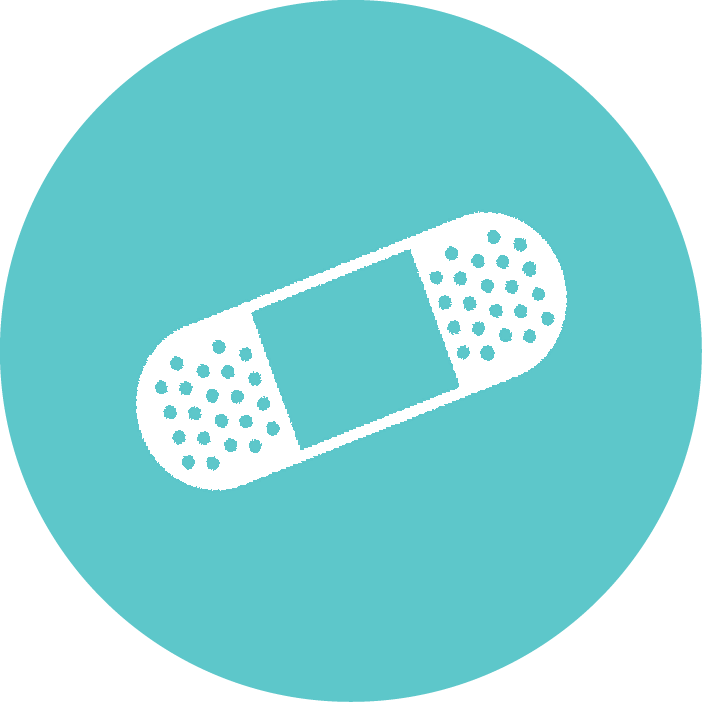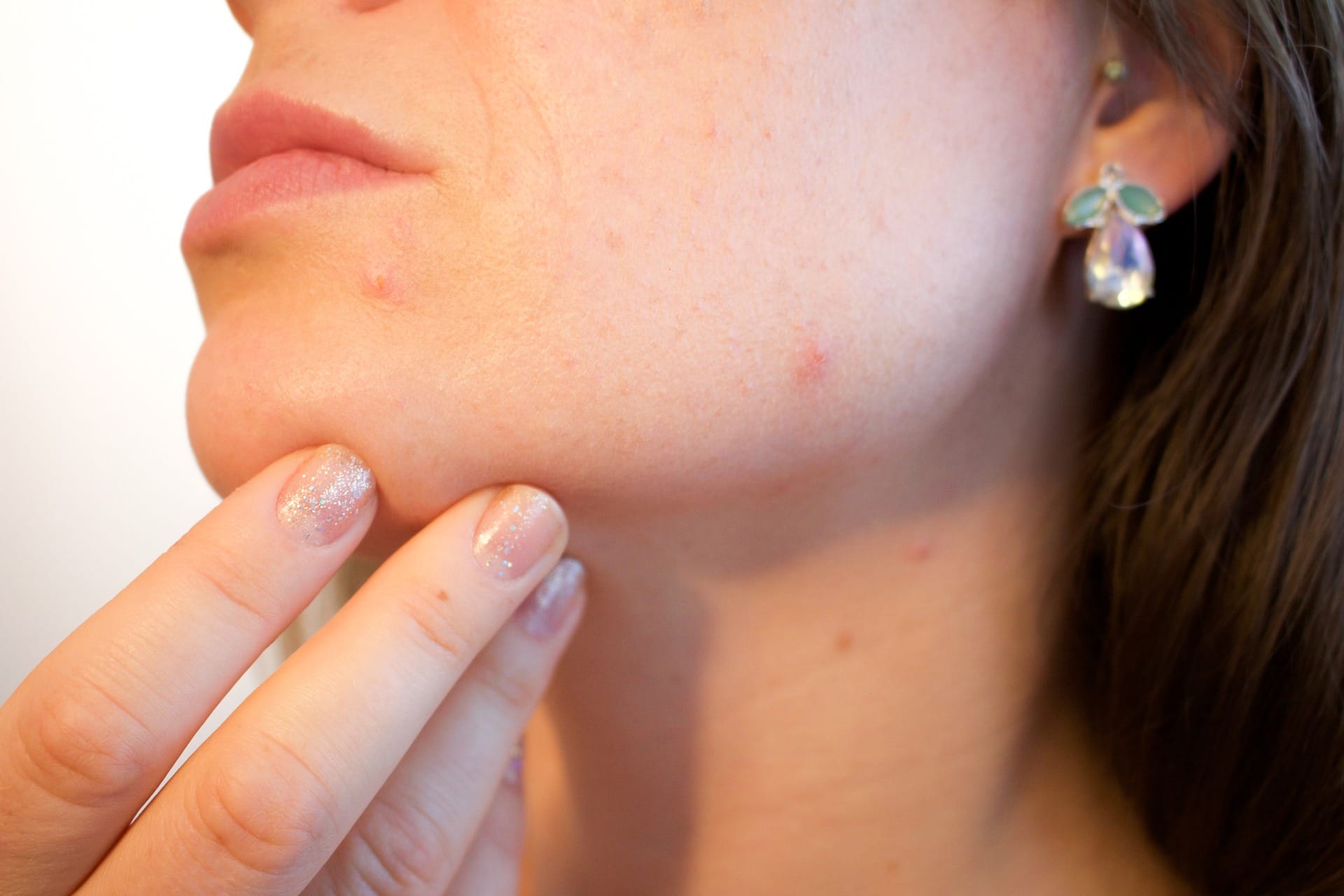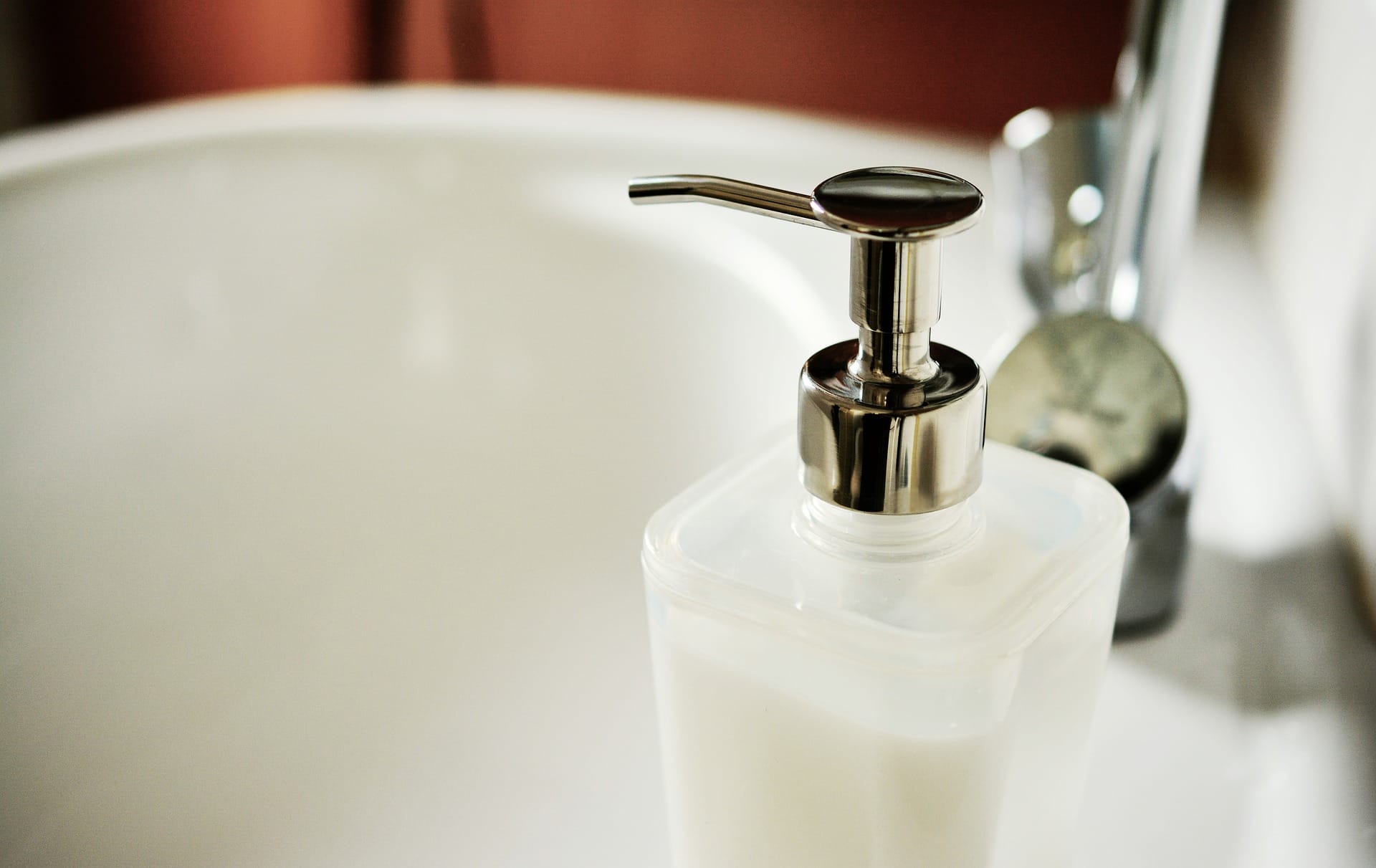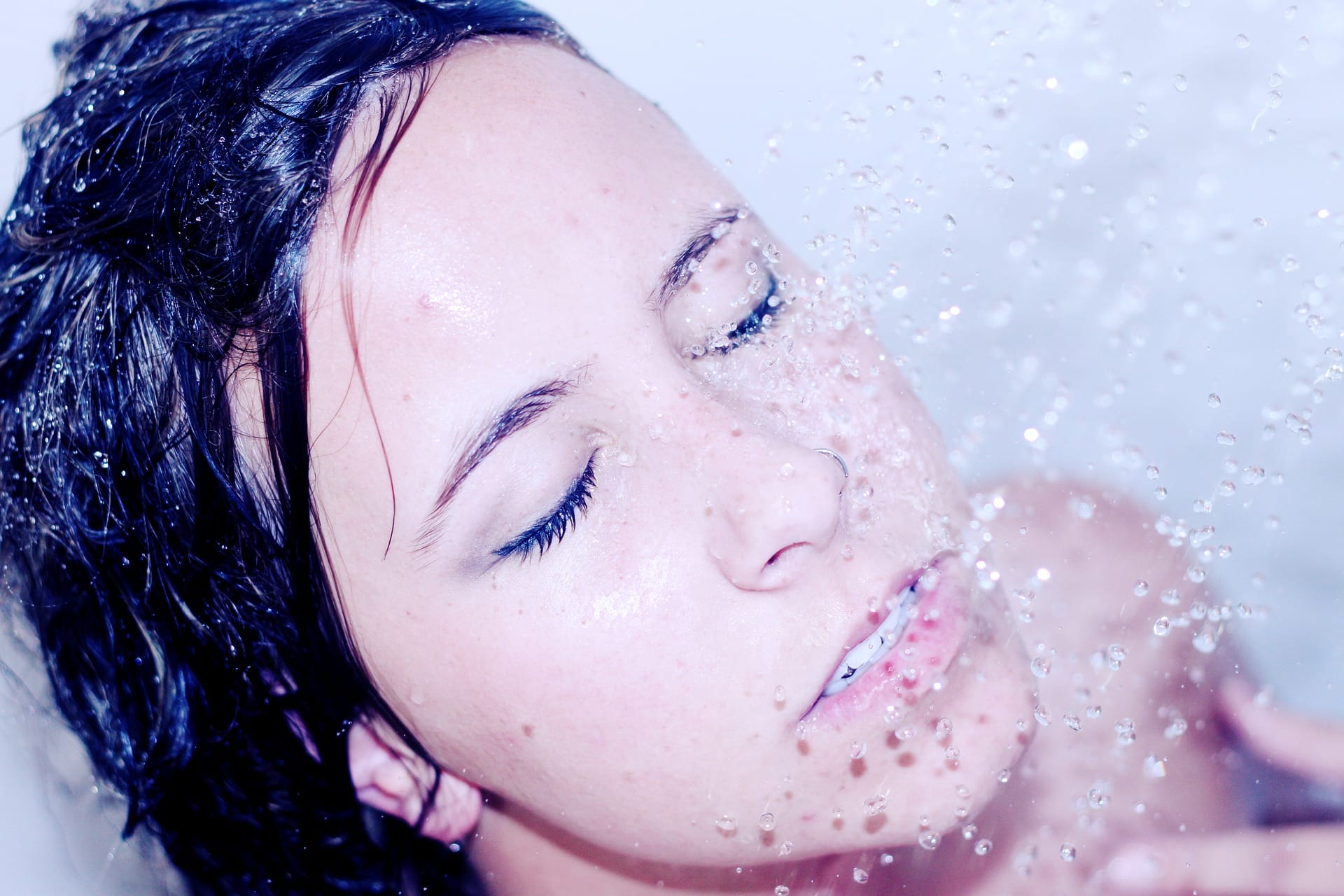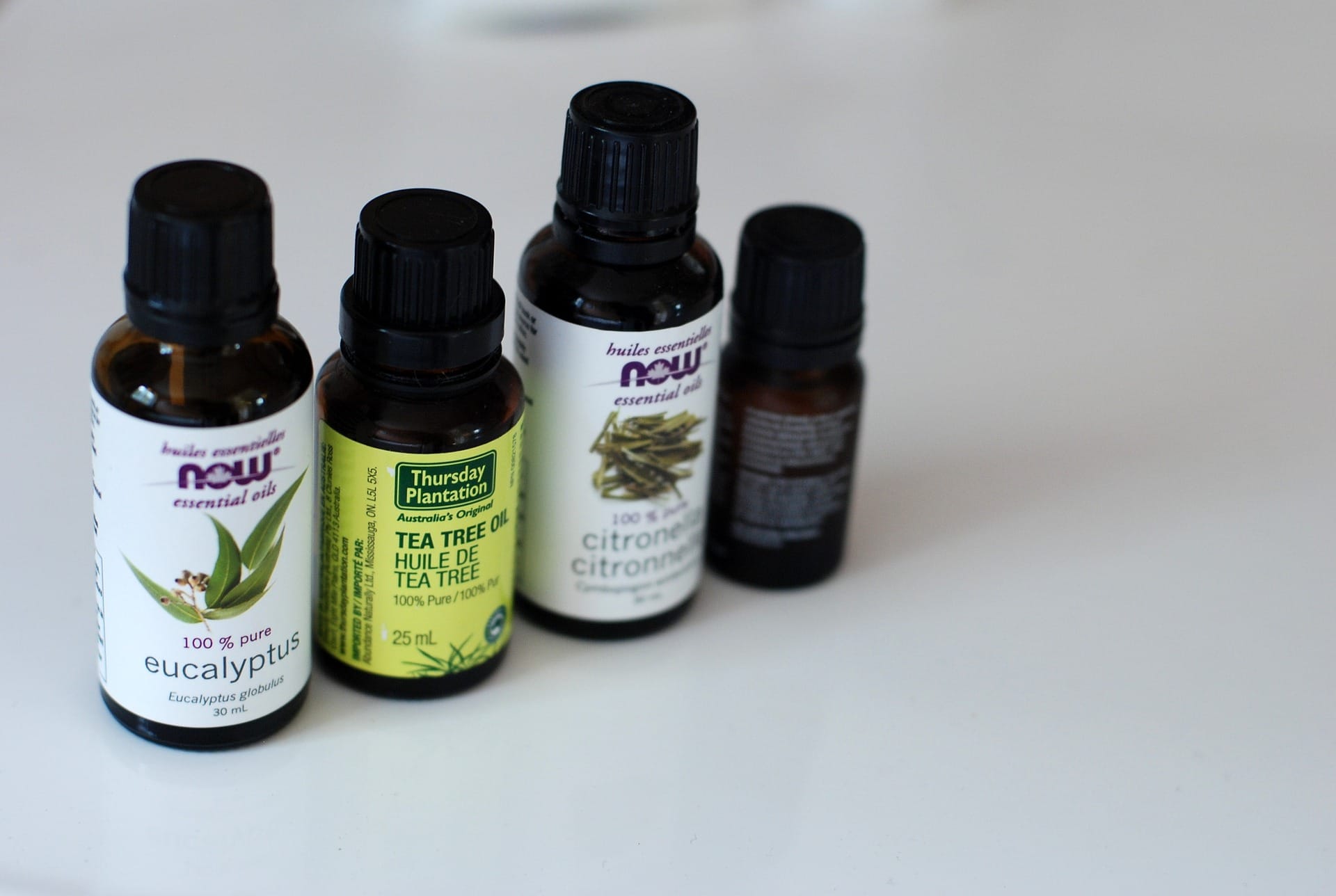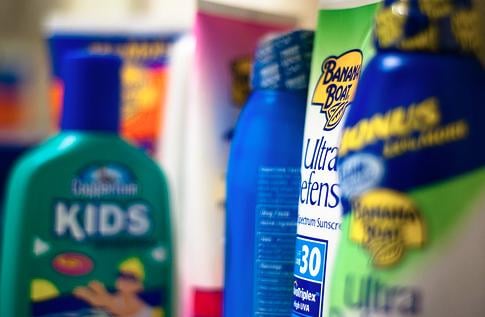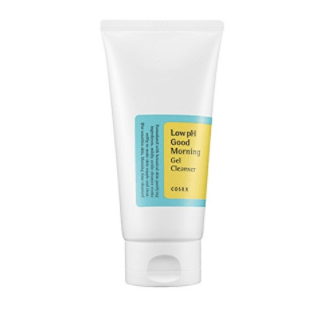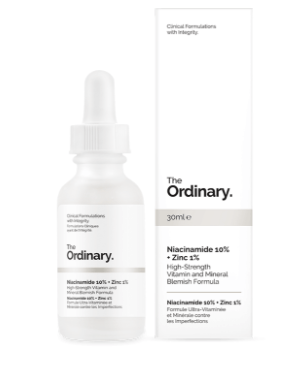Summer Skin Care: Treating Post-Inflammatory Erythema
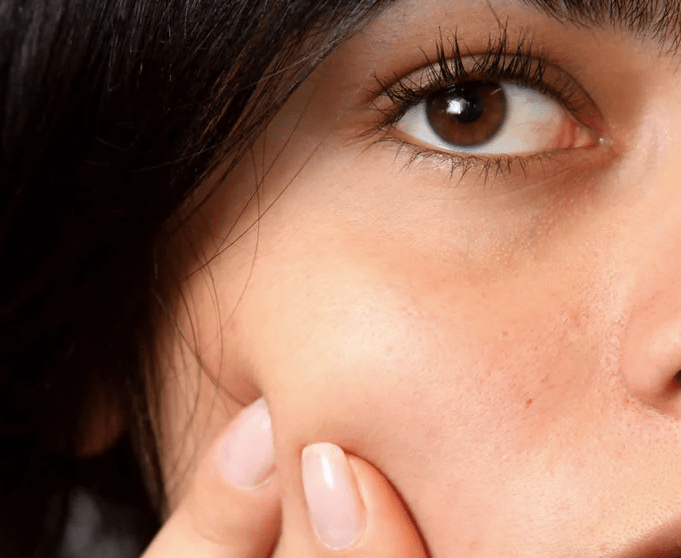
Last week we discussed post-inflammatory hyperpigmentation (PIH), those pesky brown spots that appear after acne and sun/age damage. In this installation of our Summer Skin Care Series, we are covering the other type of hyperpigmentation: post-inflammatory erythema, otherwise known as PIE.
Post-inflammatory erythema are reddish pink blemishes often caused by acne, picked/popped pimples, cuts, sun exposure, chemical burns, or harsh over-exfoliation. These blemishes form when the capillaries under our skin break, triggering the increase of blood flow to heal the vascular wound.
Want a professional evaluation? Contact a board-certified dermatologist today!
Do I Have Post-Inflammatory Erythema?
There is a simple test to determine whether the reddish pink marks on your face are PIE. Apply pressure on the wound to see if it temporarily disappears. If it does, then the scars on your face are PIE, and if not, the reddish marks may be another skin condition, such as rosacea.
PIE marks eventually fade – even with no treatment – but the process can take anywhere between three months to a year. Unlike PIH, there is little research on how to treat PIE aside from vascular lasers, but certain measures can be taken at home to at least soothe the irritation.
Need more insight on your PIE? Ask one of our dermatologists!
Do’s and Don’ts
Firstly, to heal PIE it is essential to prevent further inflammation.
1. Don’t pick or pop any pimples as this can push more bacteria into the wound, further contaminating or irritating the skin.
What to do instead: Avoid scrubbing areas with PIE. Physical exfoliation is a very abrasive procedure and can cause unnecessary damage to the skin.
2. Don’t use cleansers with sulfates or high pH levels. Higher pH levels allows for bacteria to thrive in the skin, causing acne and halting the skin’s healing process.
What to do instead: Swap harsh face washes and toners out for cleansers and toners with chemical exfoliants, like AHAs and BHAs. AHAs and BHAs gently disperse the molecular bonds that keep dead skin cells on your skin’s surface, leaving your skin smooth, fresh, and soft.
3. Don’t use toners with alcohol and other astringents. These dry the skin out, leading to excess sebum production and increased irritation.
What to do instead: Find toners that will clean the skin all while retaining the skin’s moisture and use active ingredients that target red marks to make them fade faster. Vitamin C, Retinoids, and Niacinamide are active ingredients that increase the cell turnover process, healing not only PIE, but also PIH and as always.
4. Don’t apply lemons or lemon juice, undiluted tea tree oil, and highly concentrated Vitamin E directly to the skin as these are very potent ingredients and can irritate the already sensitive PIE wounds. A crucial thing to note in skin care is that not all natural products are for topical use.
What to do instead: incorporate green tea and green tea products into your skin care routine. Green tea is a naturally found calming, anti-inflammatory ingredient that is cleanses the body inside and out.
5. Don’t neglect protecting your skin from harsh UV rays. Sun exposure can darken your marks, which makes PIE harder to treat or fade away on its own.
What to do instead: Wear sunscreen, especially when using active ingredients!
Professional Treatment
Lastly, if you are unsatisfied with results of at-home treatment of PIE, you can look into treating the scarring with vascular lasers. Vascular lasers break apart the broken capillaries within the skin, eliminating the redness on the surface of the skin. Some dermatologists also recommend microneedling, but there are no clinical studies that demonstrate its effectiveness.
Shop Products
